Prologue: The Tohoku Line
It happens slowly at first. The buildings become smaller and less densely packed; the flashes of wide open expanse become longer and more frequent. And then, finally, we’re beyond Tokyo’s urban fringe entirely, blasting north at close to 300km/h, surrounded by rice paddies that seem to stretch to the horizon.
We’re riding the Tohoku Shinkansen (or bullet train) towards the northern reaches of Honshu, the largest of Japan’s four main islands. As we leave the world’s most populous metropolitan area behind there’s a significant change in the landscape. Gone are the vast flatlands around Tokyo and in their place are beautiful rolling hills that seem to become more imposing the further north we travel.
There’s a change in the weather as well. The clear blue skies that welcomed us to Tokyo are long behind. Here the sky is dotted with dark, pregnant clouds and the roads are slick — signs of an earlier downpour. A brilliant rainbow cuts across the sky, our vision of the natural phenomenon intermittently obscured by trackside infrastructure and frequent tunnels. By Morioka the gloom has us enveloped.
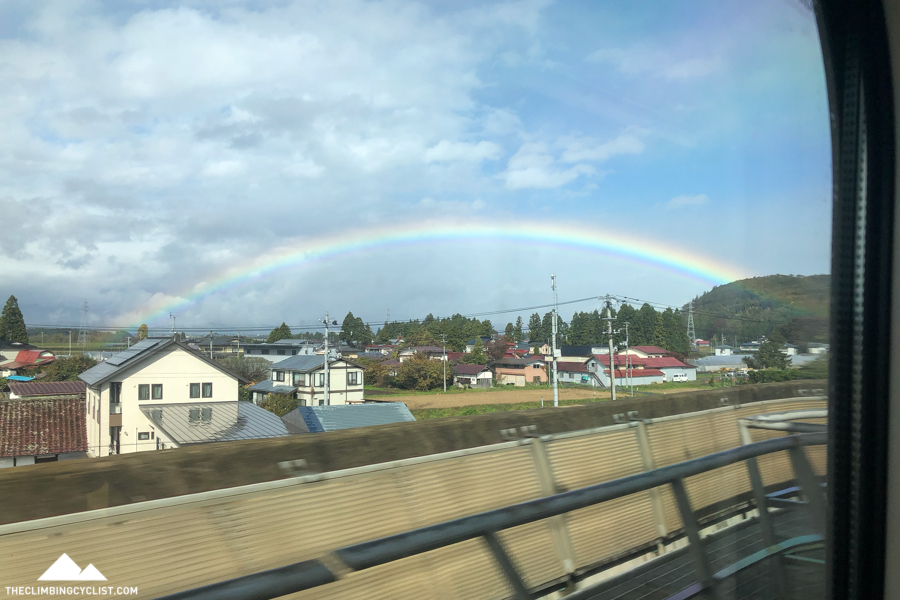
The train splits in two. Half of the carriages continue their journey northward, to the northernmost reaches of Honshu. We head west, cutting through the mountains towards our eventual destination: the Akita Prefecture.
As we wind our way through a gorge towards Tazawako, we catch our first glimpses of the brilliant red and orange autumn leaves that are among the region’s greatest drawcards.
The hills outside the train window are a blur of striking warm hues. Below us a crystal clear stream flits from side to side beneath the train tracks, its banks lined with lush ferns and an abundance of fallen leaves. Higher up the hillside a whispy fog clings tenuously to pine trees, a sight both eerie and spectacularly beautiful.
The rain continues to fall gently as we near Kakunodate Station. It’s rather miserable outside but the beauty of the area is undeniable. In both regards we’ve had a glimpse of things to come.
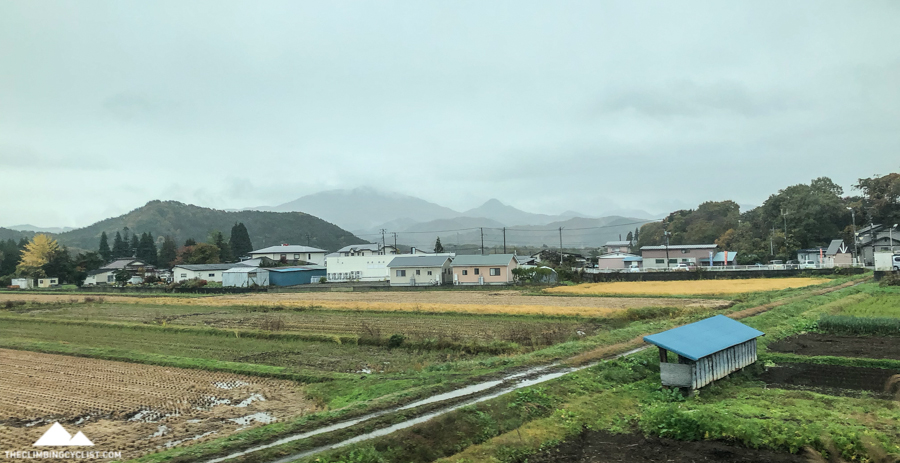
Chapter I: Beginnings
The Facebook message came out of the blue. It explained that a group of local governments in Japan’s Akita Prefecture had banded together to promote cycling in their region and that they were keen to spread the word in Australia. The question: Would I be keen to come along for a few days of riding and to document my experience?
At that stage I’d never heard of the Akita Prefecture and I certainly couldn’t pinpoint it on a map of Japan. I didn’t know what the region was known for, what the riding would be like, or even what the trip would involve. And yet, it was far from a difficult decision.
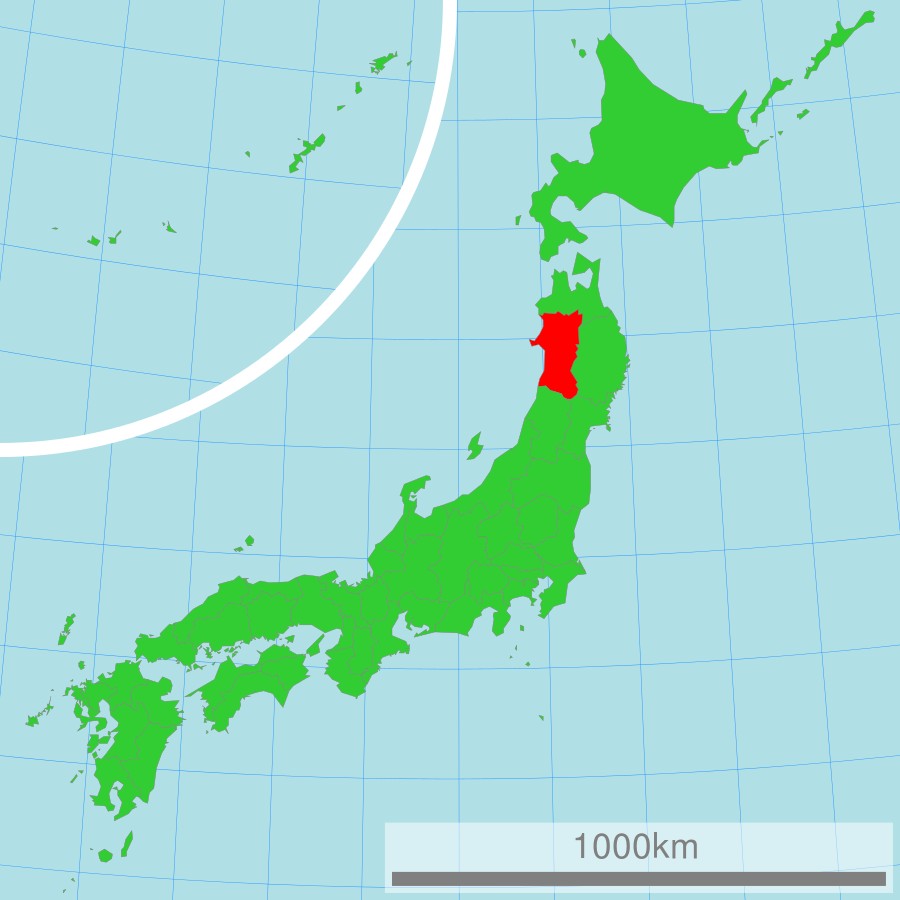
I spoke with my boss, secured some annual leave, and got the ball rolling. If there was an opportunity to ride my bike in Japan, I was certainly going to take it. My only other visit to Japan was one of the most memorable trips I’ve done and passing up a return visit seemed foolish.
As for all those unknowns about the region and the riding? I would just have to find out when I got there …
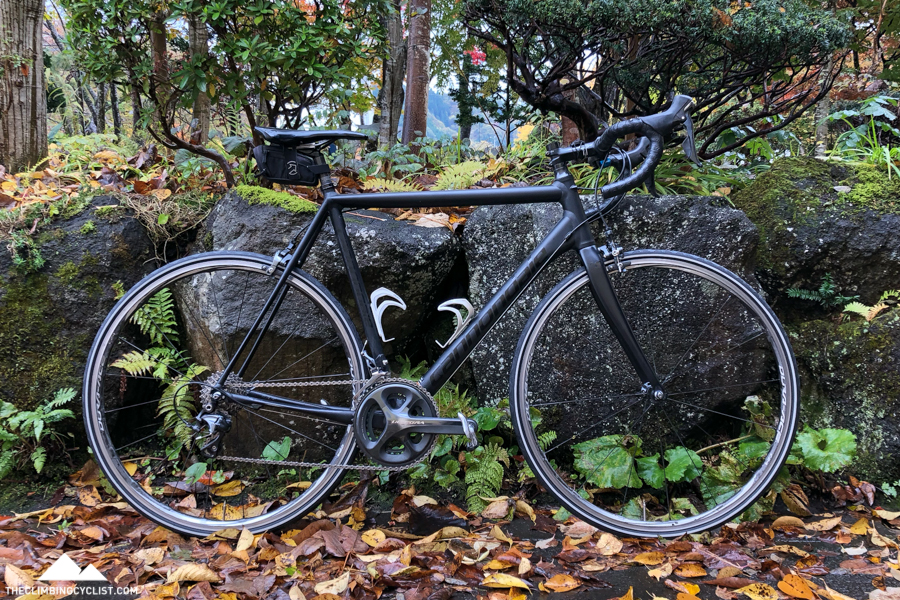
Chapter II: Serendipity
Some days it’s as if the universe is trying to tell you something. We’d stepped off the shinkansen and been driven to our hotel, arriving sometime before noon. The official “famil” was scheduled to begin the following morning, but with hotel rooms unavailable until 3pm, and with several hours before the next rain band was due to sweep through, the planets had aligned. It was time to ride some bikes.
I was one of four Australian cyclists on the trip. Joining me were pro racer Tiff Cromwell (Canyon-SRAM), photographer and Eskapee publisher Damian Breach, and fellow blogger Ryan Miu of B Grade Cyclist. The four of us built up our bikes (Tiff was fastest, to the surprise of no one) before scanning the surrounding area via Google Maps and Strava.
We scrolled around the map, looking for contour lines, winding roads, valleys, gorges and climbs. We took note of a few stretches of road that looked interesting and then set out.
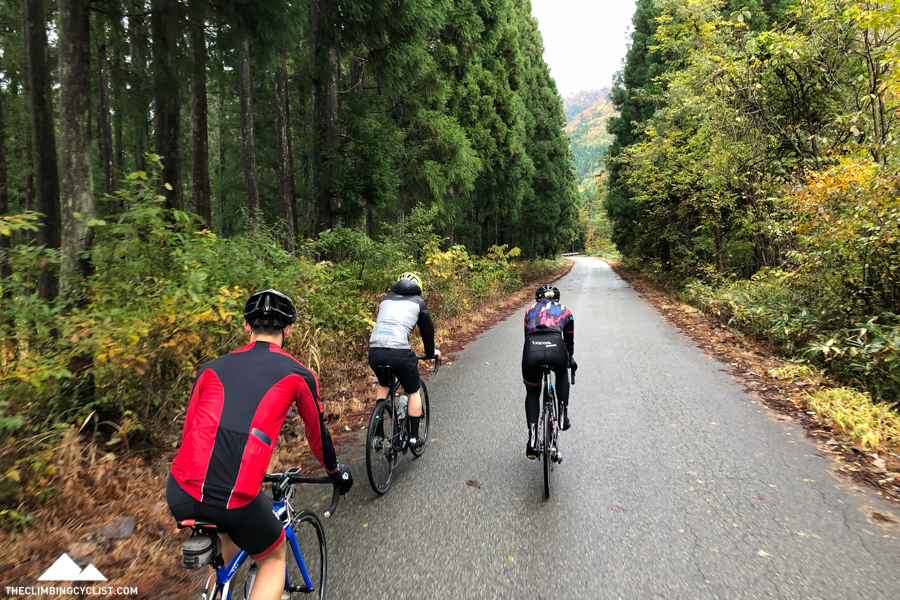
It was mere minutes before we had left civilisation behind and we were roaming the narrow country roads around Kakunodate. The tarmac was wet and the bruised sky above promised that more rain was on its way but in that moment all was right with the world.
We didn’t realise it at the time, but at some point we missed a turn-off we’d meant to take. But as sometimes happens in these situations, the result was even better than if everything had gone to plan. After several glorious kilometres spent marvelling at the vivid colours of the nearby hills, we rounded a bend and found ourselves facing an imposing red suspension bridge. As we rolled closer, it became clear that we’d stumbled upon something quite remarkable.
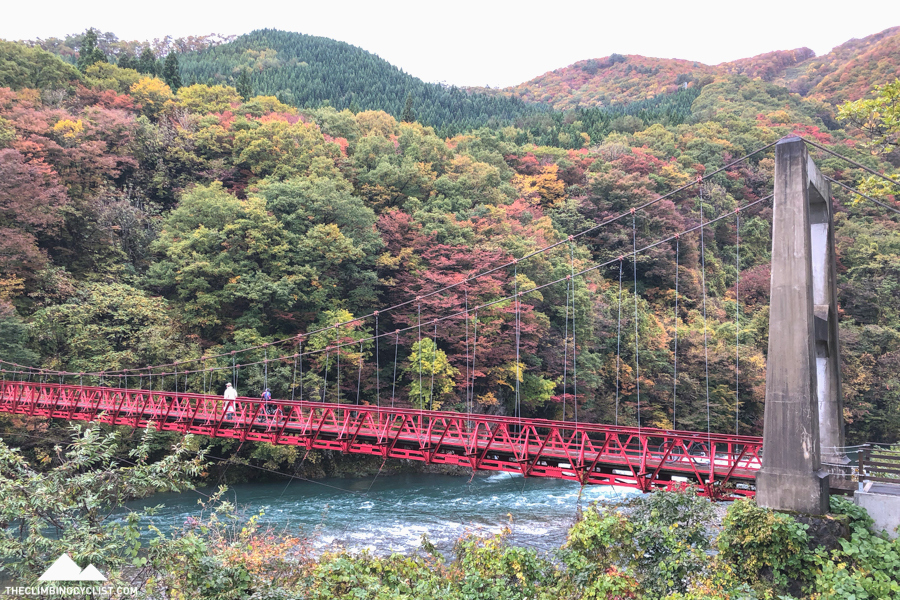
Spanning more than 50 metres this structure was as striking as its surrounds. In the hills around it, a veritable rainbow of autumn leaves, some as red as the bridge itself. Below it, a ridiculously clear stream tumbling over a series of rapids as it forged its way powerfully down the gorge. On either side of the bridge, stunning views across the water and into the nearby hills.
Serendipity is a beautiful thing. I couldn’t wipe the smile off my face.
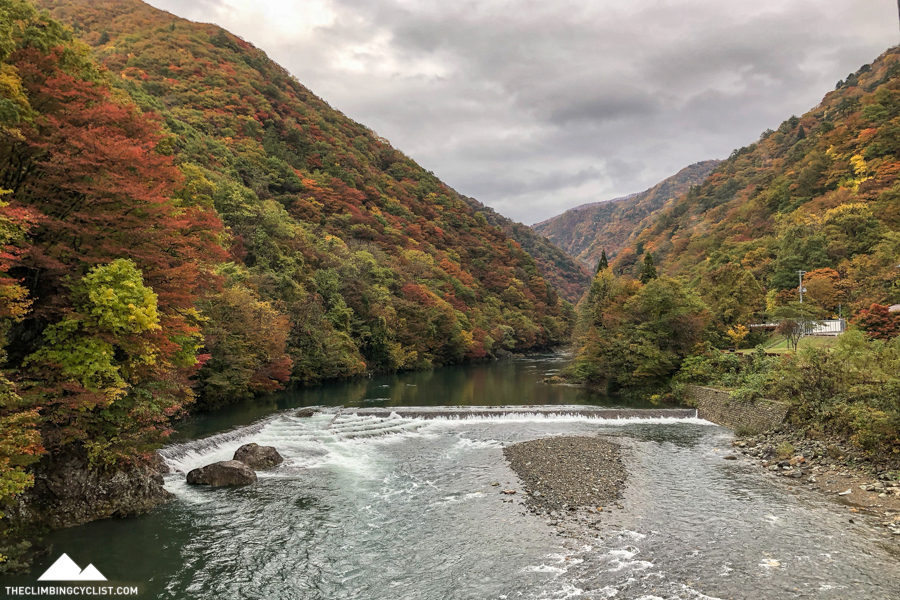
A short while later, having shot the bridge from seemingly every angle, we find the road we’d initially set out for. It too is spectacular, even if the word “road” is a little generous.
The narrow bitumen soon turns to gravel, and then, at one sweeping left-hander, gravel becomes a rough, rocky track. This is no place for road bikes, but we continue on up, back wheels skipping as fallen leaves make it difficult to pick a smooth, rock-free line. There are no cars up here; indeed I’m refreshed to realise we’ve seen barely a car at all since leaving the hotel.
We’re horrendously under-equipped for the descent. But there are no regrets — for me, following roads like these until you can’t is one of cycling’s greatest pleasures.
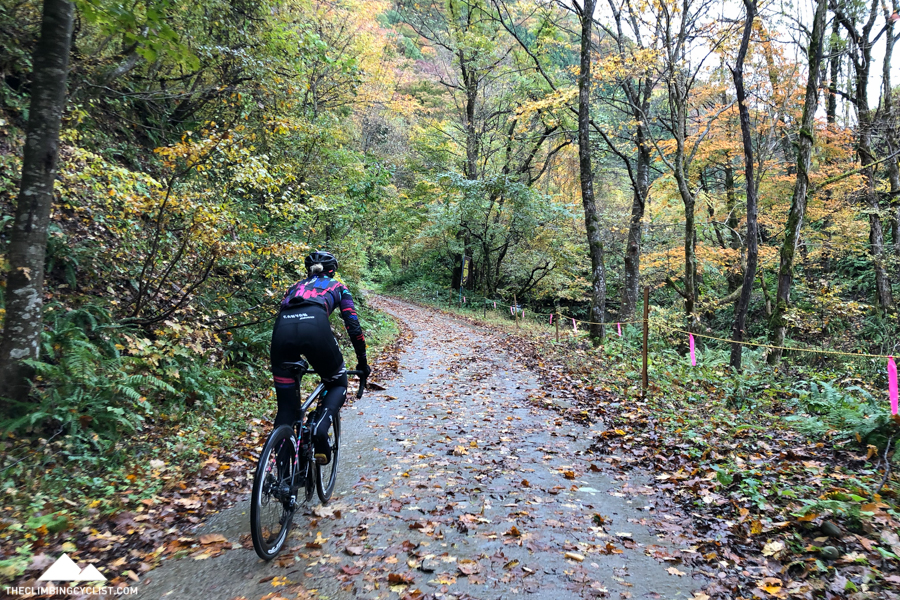
Another promising squiggle on the map has us forging onwards. We find ourselves circumnavigating a beautiful lake, shaking our heads at the sight of the striking azure waters piercing through the golds and crimsons of the leaves directly to our right. It’s hard not to stop every few metres to snap yet another photo.
Like our previous discovery this road is also unsealed. But where that narrow climb was gravel and then rock, this magical squiggle is soft mud pockmarked by frequent, water-filled potholes. Before too long thick brown mud covers us and our bikes. But again there are no regrets, only that intoxicating feeling of joy you get from exploring a beautiful foreign land by bicycle.
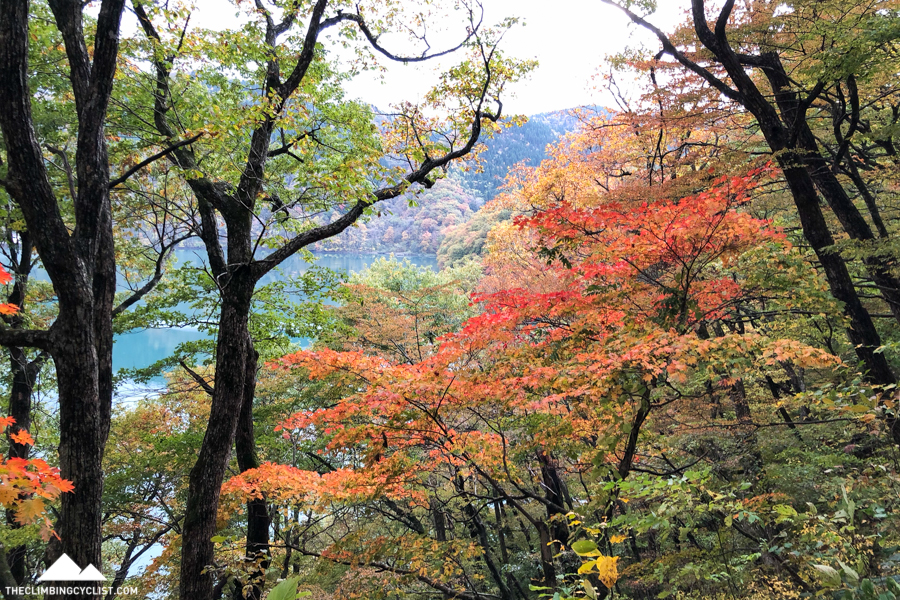
We emerge from the forest some time later, grateful for the firmness of the tarmac we’ve rejoined but apprehensive about the dark clouds that appear to be circling. We take turns in the wind, our little paceline blasting back towards the hotel at 40km/h as the first stops of rain start to fall. With rumbling stomachs we make a detour to a nearby convenience store, hosing down our bikes at the next-door service station on the way.
The rain arrives as we huddle inside the FamilyMart, grateful for the dry and the warmth as much as the food in our bellies. We wait for some time, hoping the rain will pass, but it’s clear this shower has settled in. There’s nothing for it but to saddle up and tough it out.
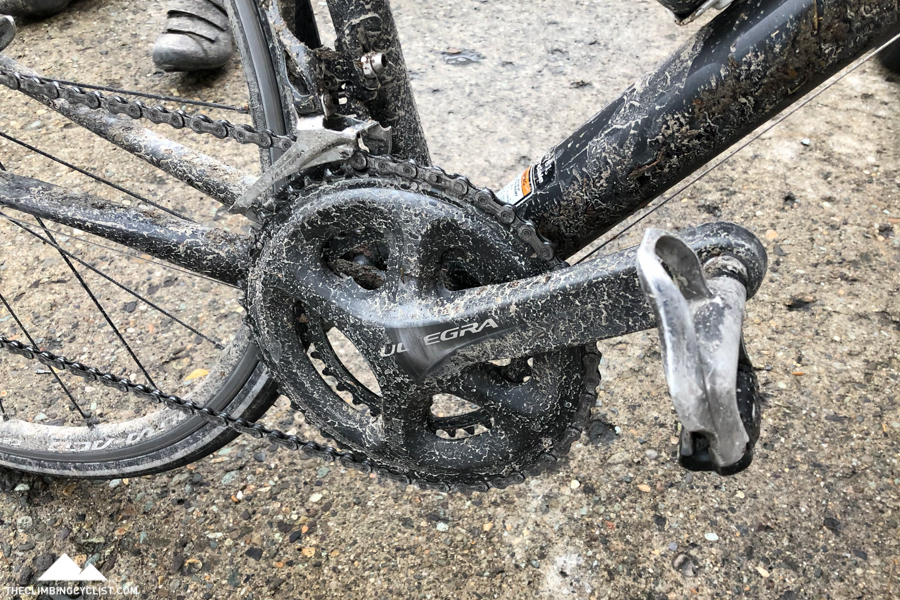
The final 5km back to the hotel are an exercise in patience and resolve. I grit my teeth and try to ignore the piercing cold and the fact that I’m saturated from head to toe. I’m squinting behind soaked glasses, trying to keep sight of the wheel in front through a persistent stream of gritty road spray.
As unpleasant as these final kilometres are, my spirits are still high. It’s been a magical first foray into riding in the Akita Prefecture and the famil hasn’t even started.
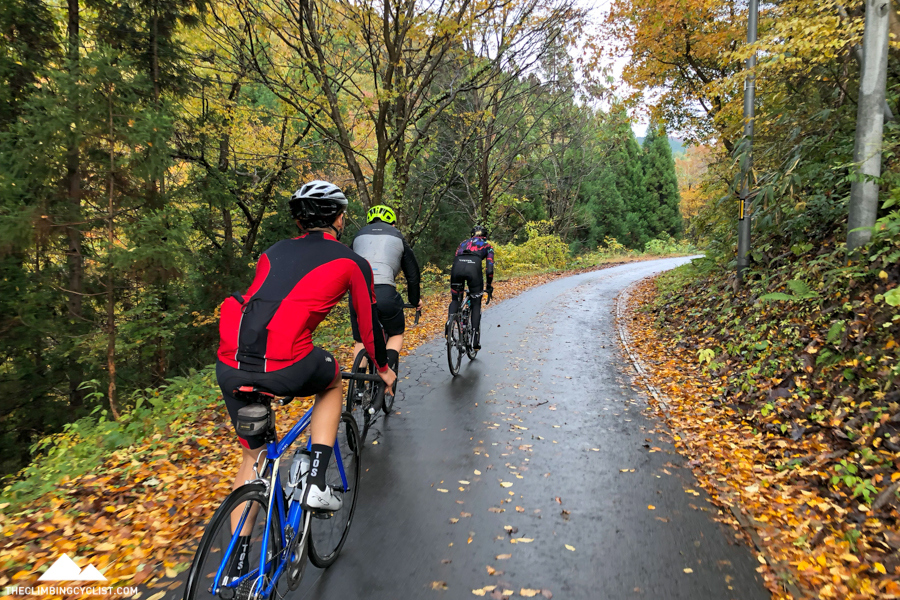
Chapter III: Culture clash
I don’t usually get naked with other men. Judging by Ryan’s trepidation, the same is true for him. And yet, just 24 hours after first meeting, we find ourselves getting naked together.
It’s partially beyond our control — our hotel rooms don’t have showers so if we want a wash (and after a long flight plus a soggy, muddy ride, we certainly do) we’ll need to bathe in the onsen. And that means nuding up with a bunch of other dudes.
To be honest, I made peace with the idea long before I arrived in Japan. The last time I visited, in 2014, I wimped out, but this time I’m determined to give it a shot. Call it confronting a fear, if you like.
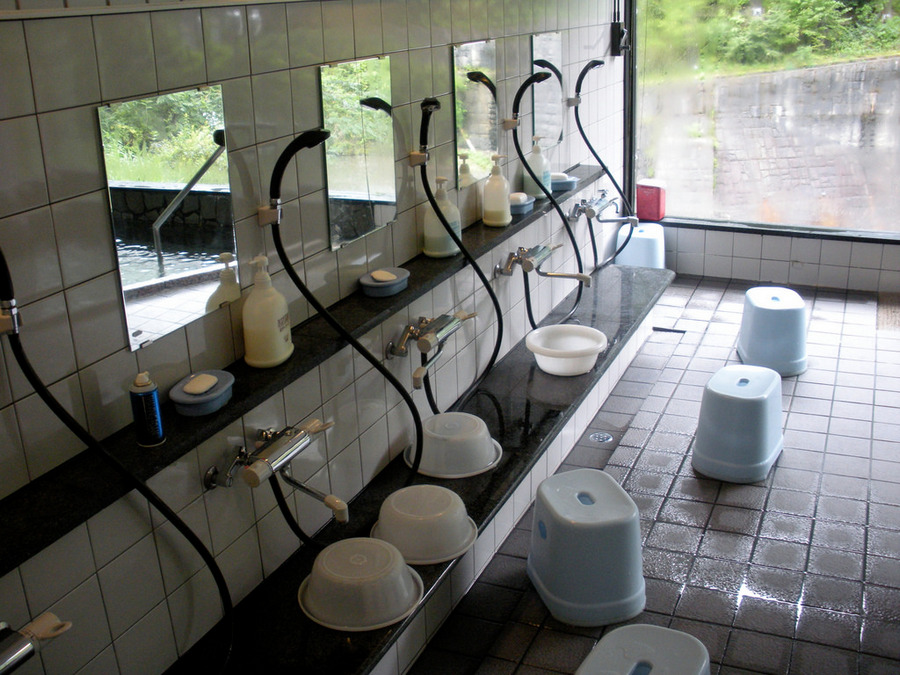
I read up beforehand on onsen etiquette and I’ve carefully studied all the signs in the change room. Essentially, I want to make sure I don’t commit some sort of grievous cultural no-no. But there’s nothing left to read, no more procrastinating to be done. It’s time to take the plunge.
I take a deep breath, strip off, then, trying to look like I’ve done this a thousand times, open the sliding door and set foot into the onsen.
Ryan and I sit at opposite ends of the bathhouse, both taking to the task of washing with a laser-like focus. It’s best to keep our eyes from wandering too much. The same is true once we’re sat in the piping hot waters, at opposite ends of the bathhouse.
But as I soak away the fatigue of my flights to Japan, so too my fears of being naked in the company of others seem to disappear. The next day I’ll return to the onsen feeling considerably more comfortable than on this first outing.
I’ll come to enjoy the freedom and liberation of the experience. I’ll realise that no one is sizing me up (so to speak), as I’d initially feared. Everyone is simply there to have a wash and enjoying the water’s restorative properties. I’ll realise that I can simply enjoy the experience.
That is except on the final day of the trip when our party ventures to bask in an outdoor onsen in the mountains to the east of the Prefecture. As Ryan, myself and Aussie tour guide Tony sit in an outdoor pool, the head of the famil decides to snap some photos of everyone relaxing.
We might be more comfortable than on that first day but the prospect of being naked in some tourism brochure has little appeal. Thankfully the photos are later deleted upon Ryan’s request.
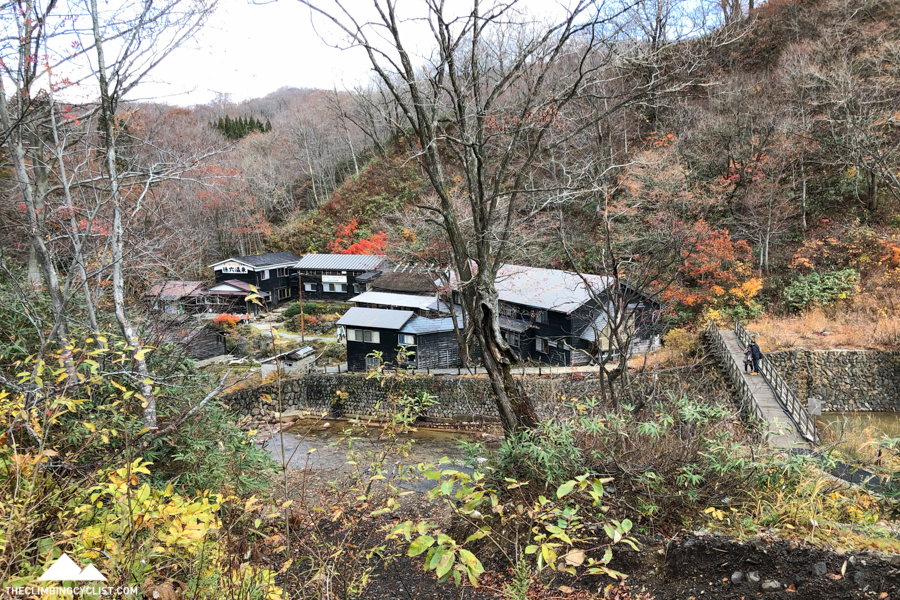
It’s the onsen experience that will define the cultural side of this trip for me, but of course, the differences between Australian and Japan run far deeper than attitudes toward nude communal bathing. For example, even on my second visit, the novelty of the Japanese toilets never wore off. Maybe it was the heated seats, the cleansing spray directed towards one’s nether regions, or perhaps the vast array of buttons and controls attached to every “shower toilet”. It’s about time Australia stepped up their toilet game.
I never got used to the height of the buildings either. At six foot I’m taller than the average Japanese and found myself bashing my head on door frames and light fixtures with frustrating regularity. And then there’s the food. Oh, the food.
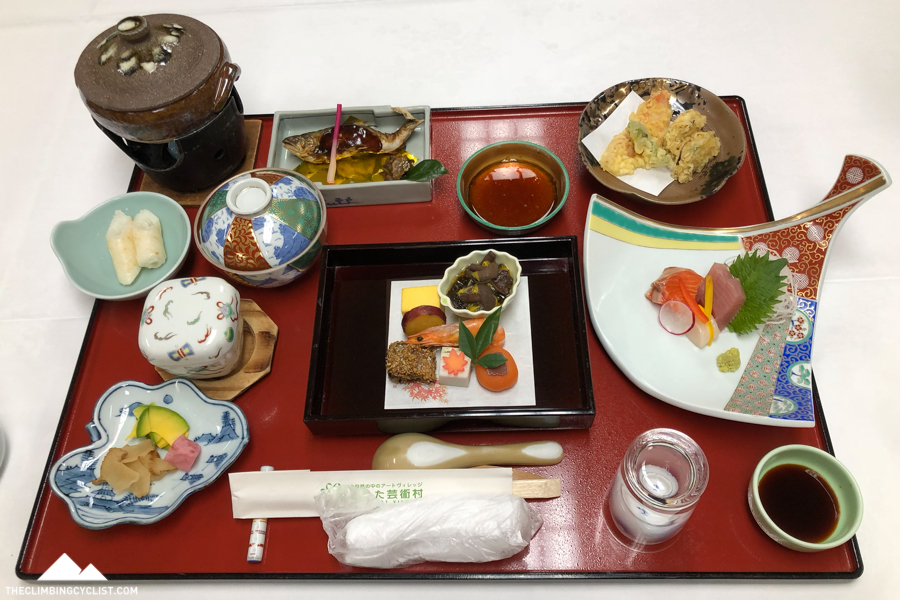
Massive platters filled with up to 10 separate courses, all offering something interesting, unusual, challenging or a combination of the above. I took pride in trying everything presented to me — raw shrimp, bone marrow, all manner of internal organs, sticky fermented soybeans ( a delicacy known as “Natto”) that weren’t as disgustingly smelly as I’d been warned.
While I was in Japan for the riding, I’ll remember the trip as much for the cultural perspectives it presented. After all, what is a cycling adventure without the experiences that surround the riding?

Chapter IV: Stars of the screen
As I stood there in the freezing rain, with photographers and videographers feverishly snapping away, a few thoughts ran through my head. One: I wish I’d thought to pack warmer clothes — my jersey and increasingly damp rain jacket weren’t doing the job. Two: Surely they don’t need more photos. Three: I thought flying drones in the rain was generally a bad idea? Four: This must be what it’s like to be a pro cyclist.
A few minutes earlier we’d been standing inside the nearby train station, taking part in the famil’s “opening ceremony”. There were speeches from local dignitaries, there was the ceremonial breaking of a sake barrel, and there were plenty of photos and videos.
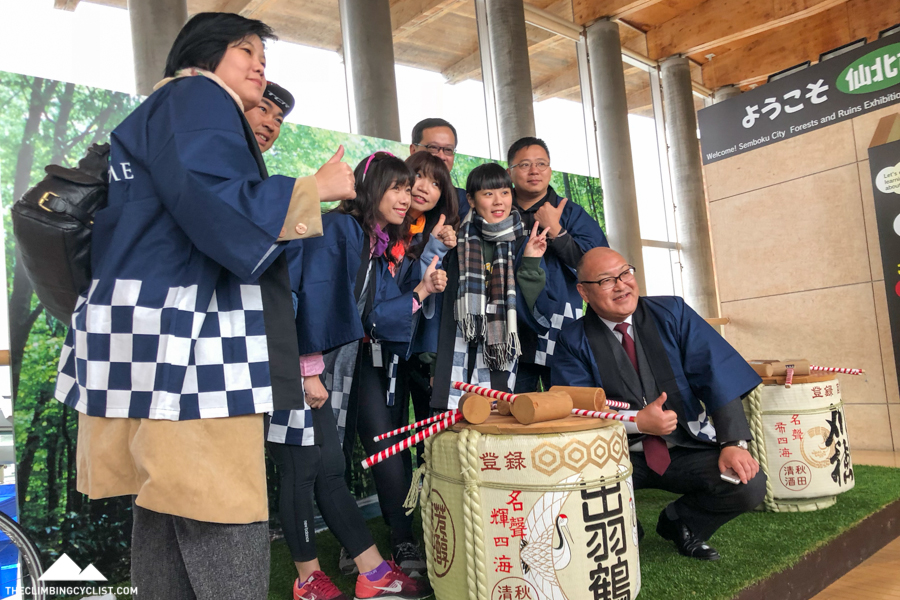
A local TV station had sent out a film crew to document the occasion, while the famil’s official videographer was zipping about on rollerblades.
Once outside, and with staged photos and videos in the bag, we’d roll away from the train station, allowing the gathered media to capture some more shots of the trip’s grand depart. In driving rain we circumnavigated the train station — a 200-metre expedition which was long enough for one of our tour guides to lose control on a slippery section of pavement and very nearly crash.
Back at the start we posed for more photos and then it’s back on the bus, revelling in the warmth and the dry.

Later at lunch, the film crew darts around the restaurant, snagging vision of us foreigners eat lunch. My chopstick technique is questionable at the best of times; with a camera trained on me from several feet away it becomes downright embarrassing.
When it comes time to start the ride proper, the videographers are there again. They film us pumping up tyres, they film us lubing up chains, they film us filming each other.
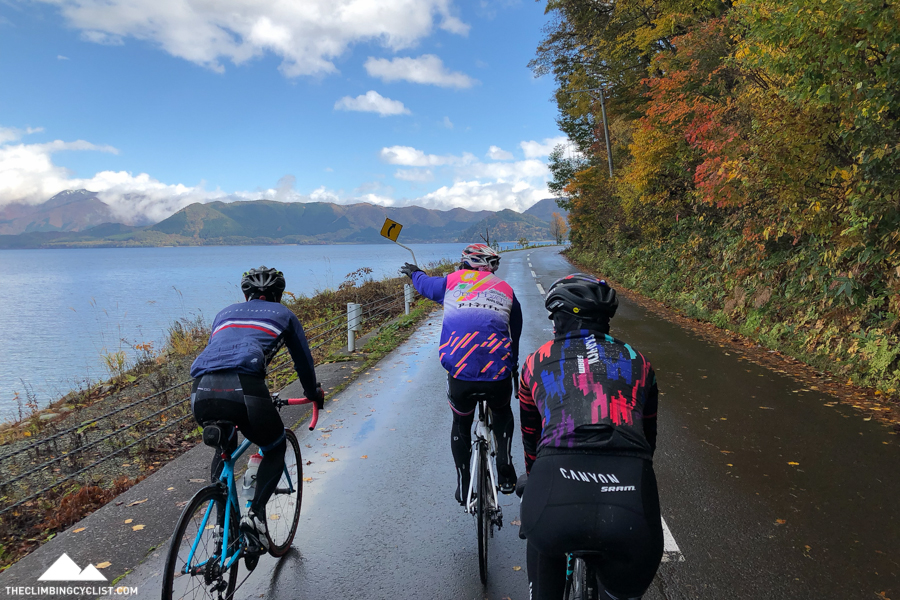
On the shores of Lake Tazawa we start our ride twice — once for the cameras and once again for real. As we make our way briskly around what is a stunning body of water, the film crew is never more than a few hundred metres away. They shoot out the side of the van, out the back of the van, from the roadside, from the air. At one of several lakeside stops they interview Damian and Tiff on camera.
Later that evening the story of our day airs on local TV. Damian and Tiff feature heavily. I’m in there too, but mainly in grabs that show me from behind, filming something or rather, or otherwise looking embarrassed as I turn around to find a camera pointed my way.
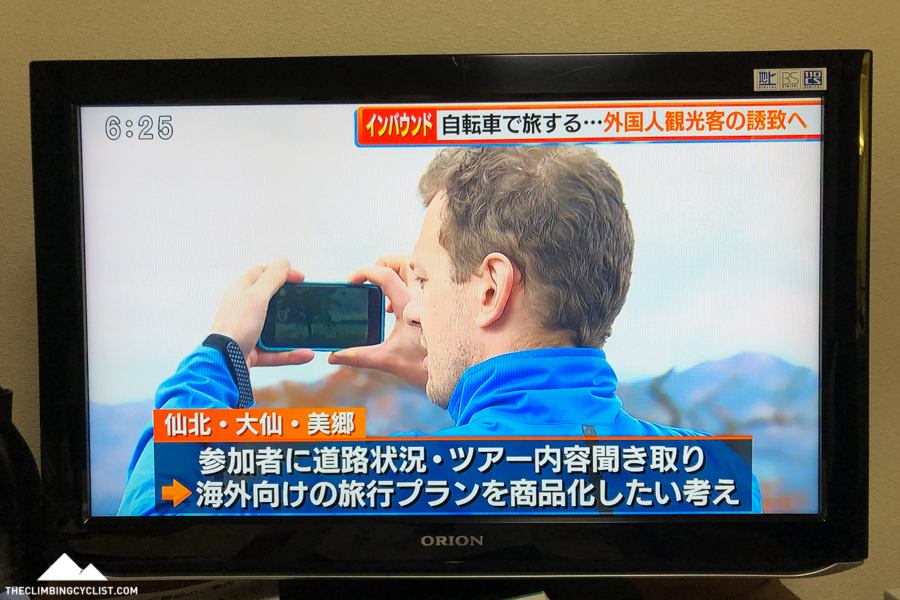
When the TV news piece ends it’s time to head downstairs for dinner. The film crew is there again, shooting away. Mr Rollerblades has left his skates behind — skates plus tatami mats probably don’t go too well together. Again, there’s a camera in my face as I scrabble about with chopsticks, trying to negotiate the intimidating multi-course meal in front of me.
The following day takes a similar tone — our new friends are never not shooting. But even if it bothered me I’m not in a position to complain — us four cyclists are taking just as many photos and videos as our new friends. By the end of the trip it’s become second-nature — I’m used to having people filming me near constantly. Again I wonder if this is what it’s like to be a professional cyclist.
It probably isn’t coincidence that Tiff, the lone pro on the trip, seems the most at home in front of the camera …
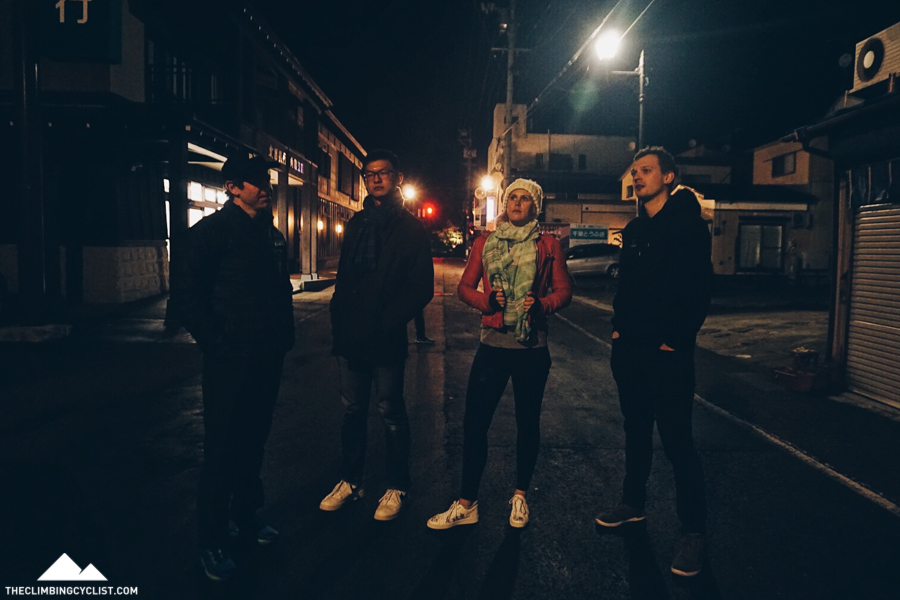
Follow the link to read the second and final part in this series.
Video
Photo gallery
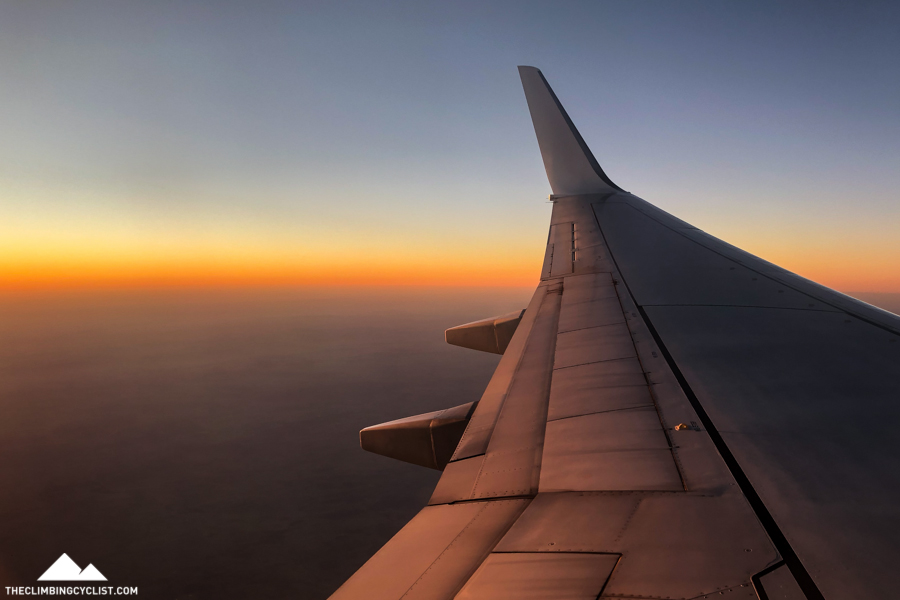
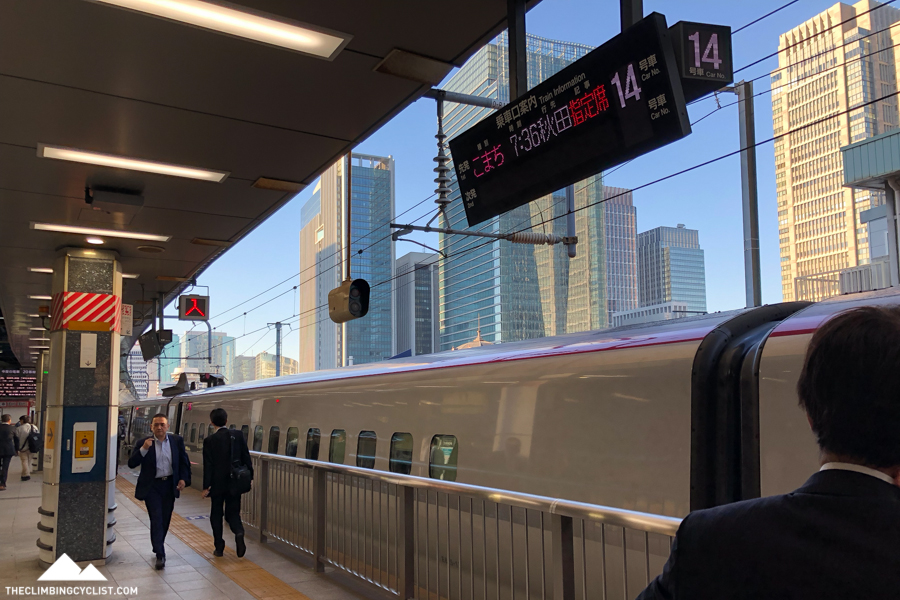
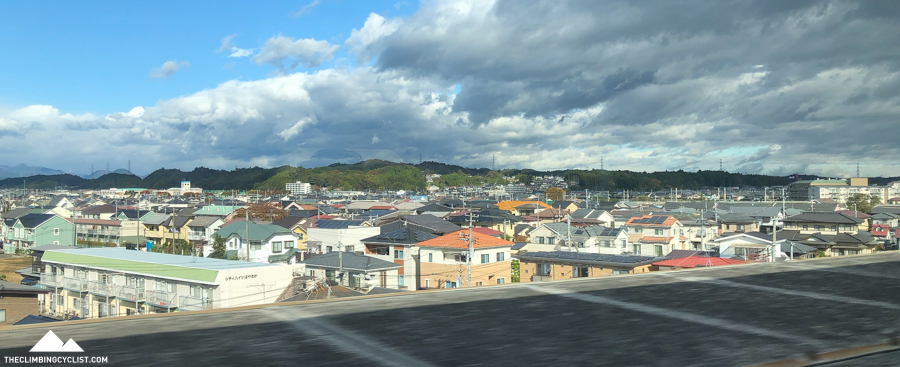
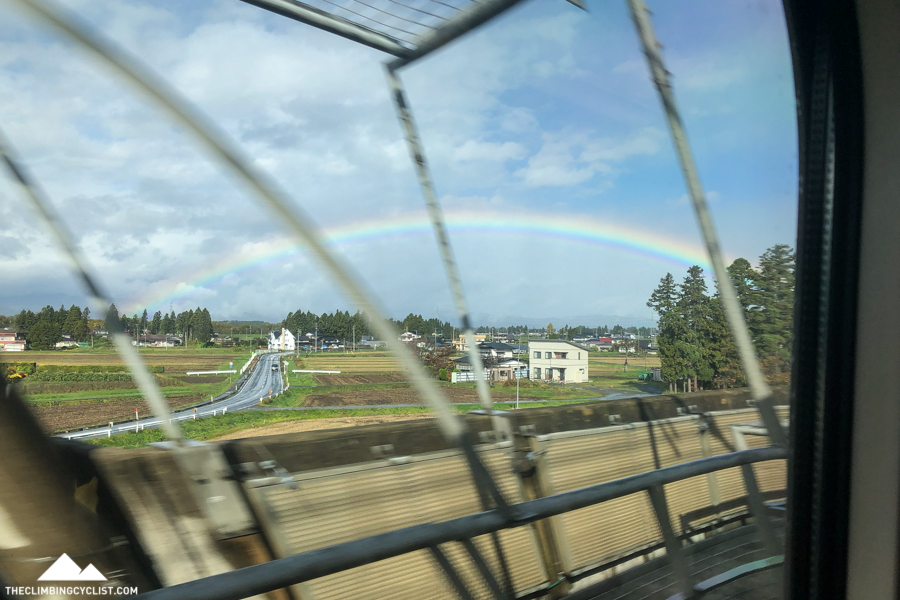

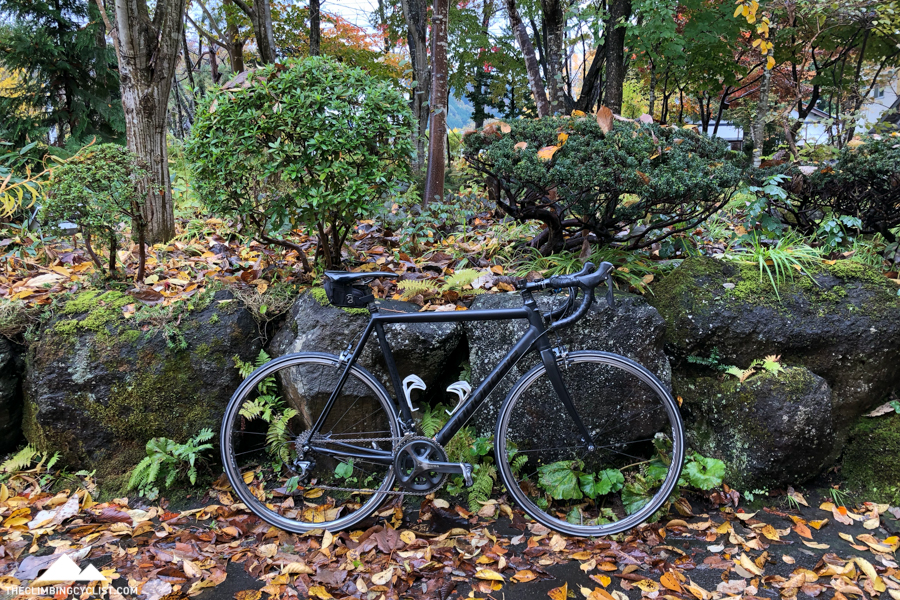
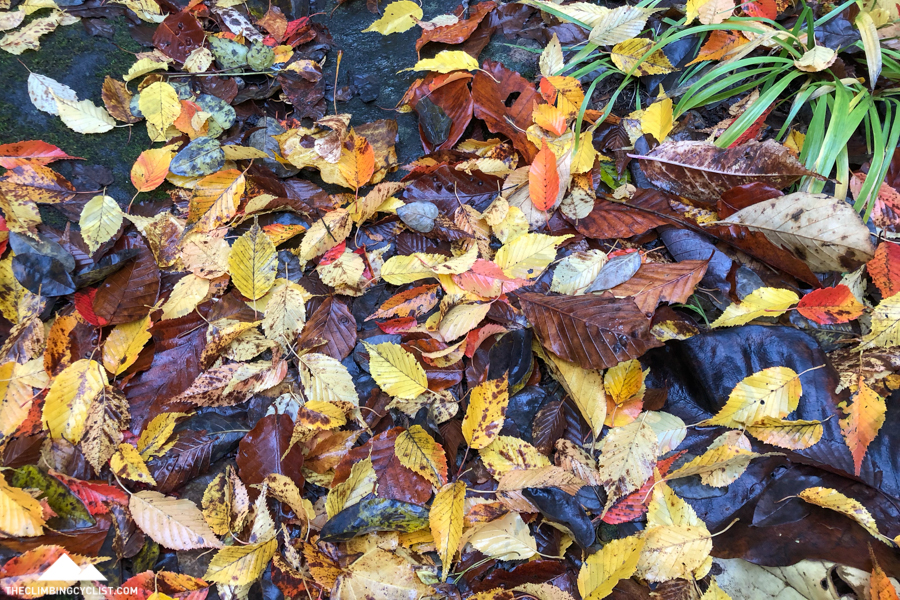
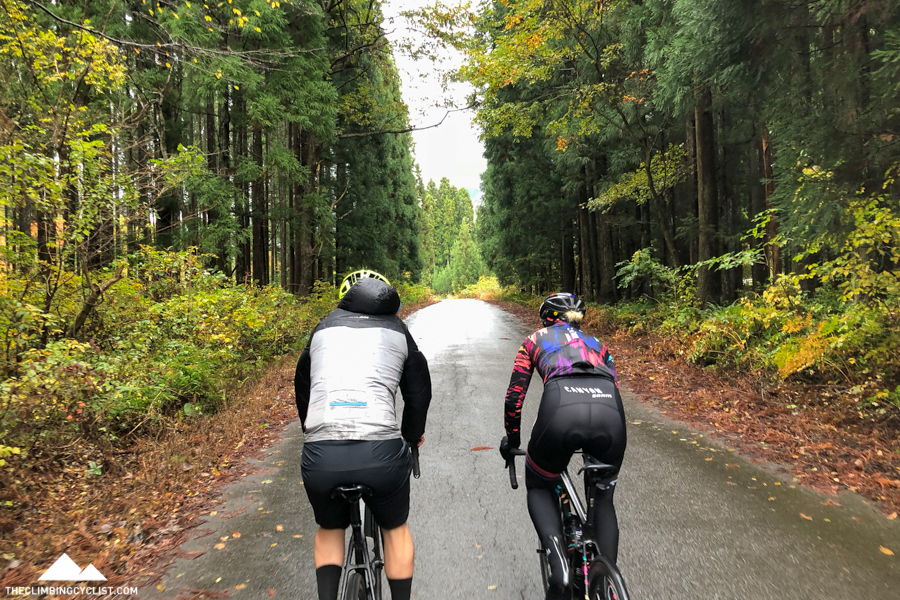
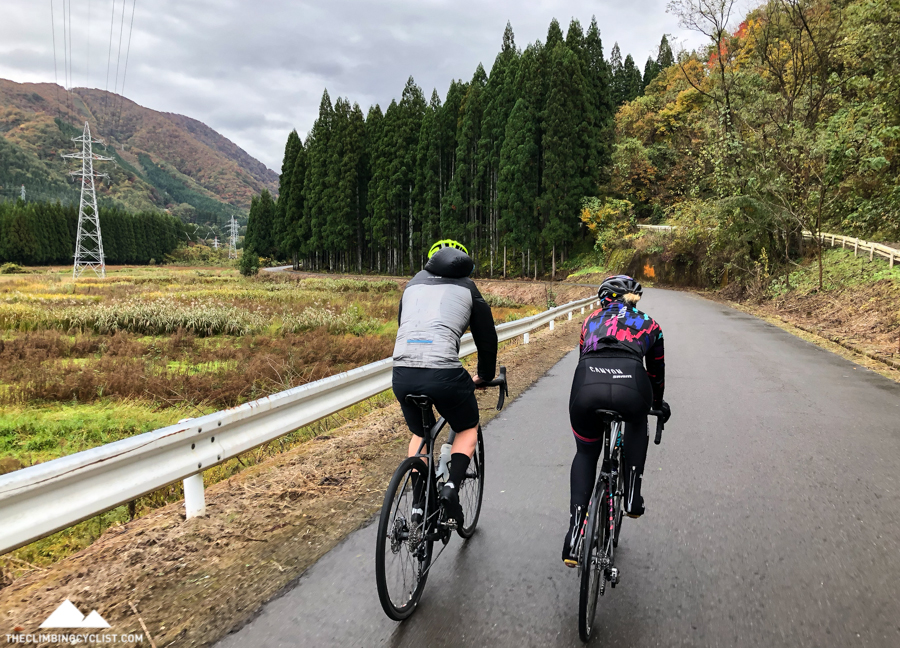
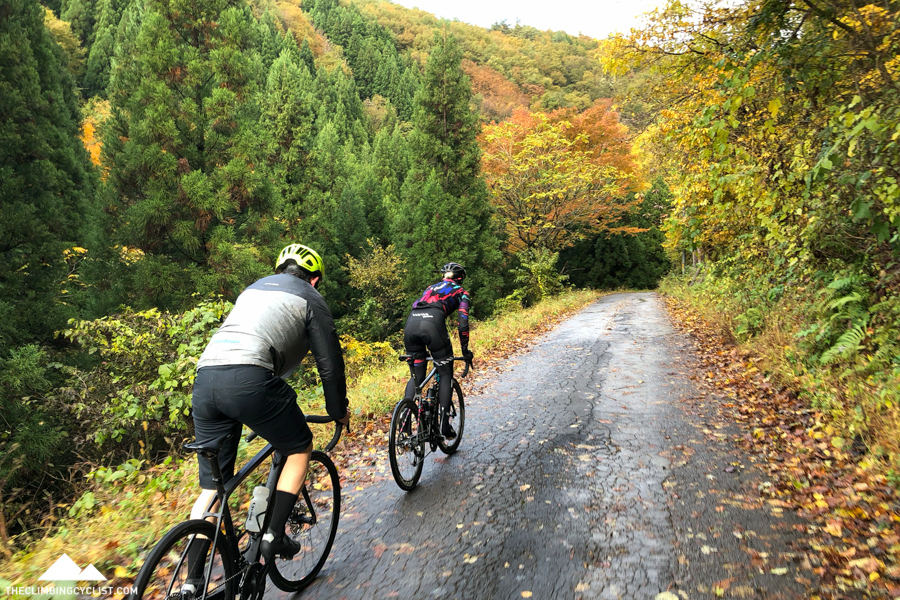
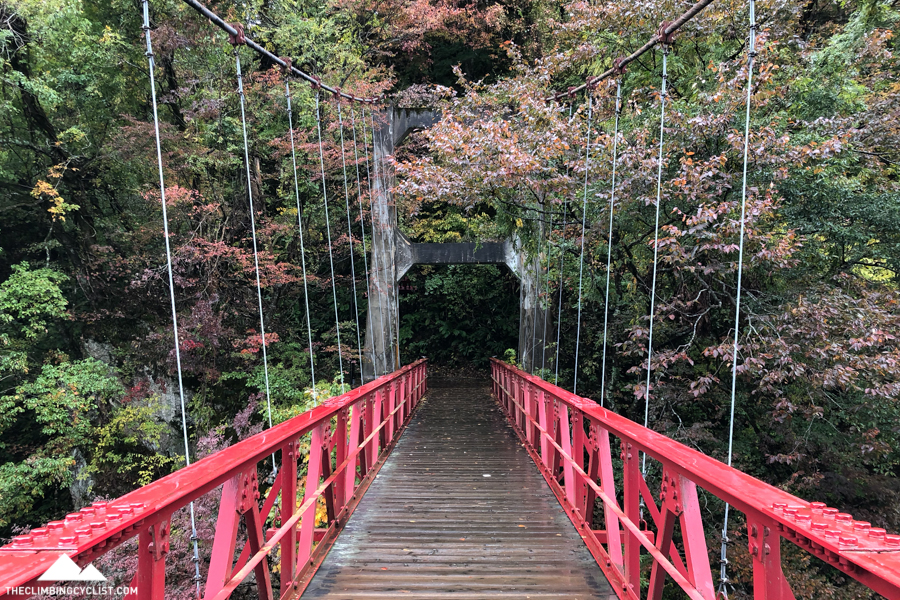
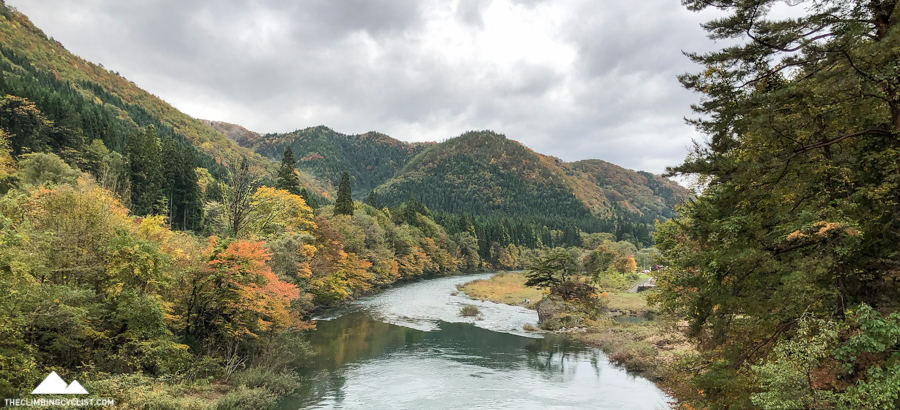
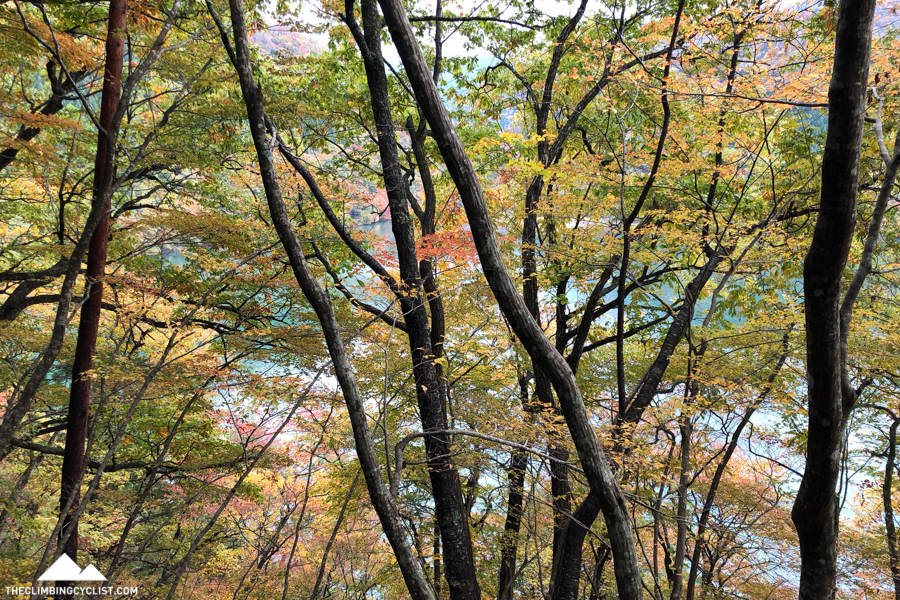
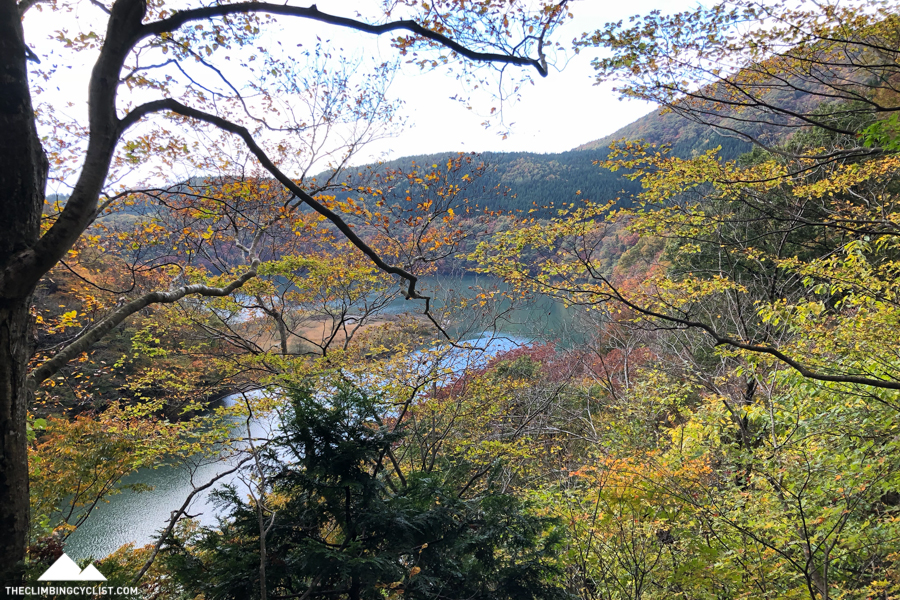
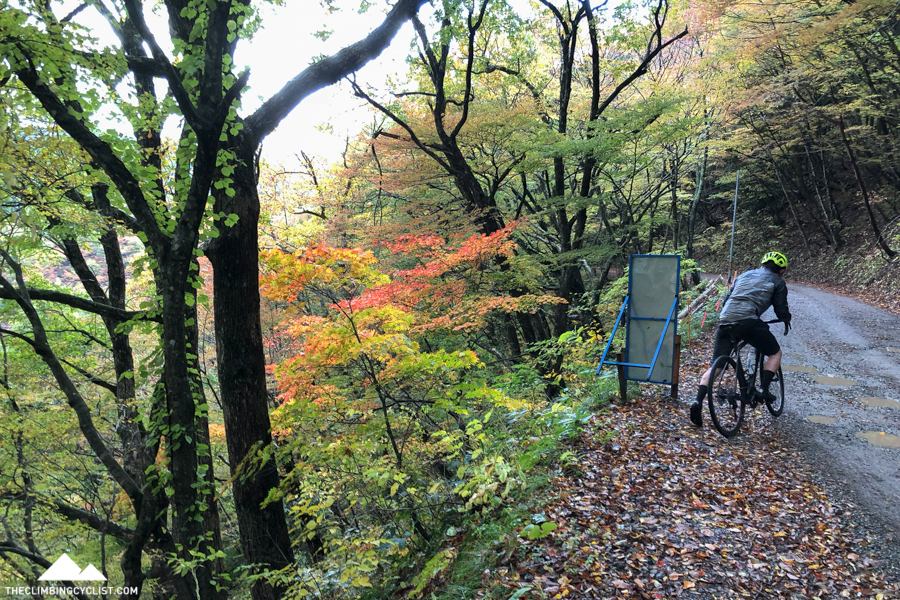

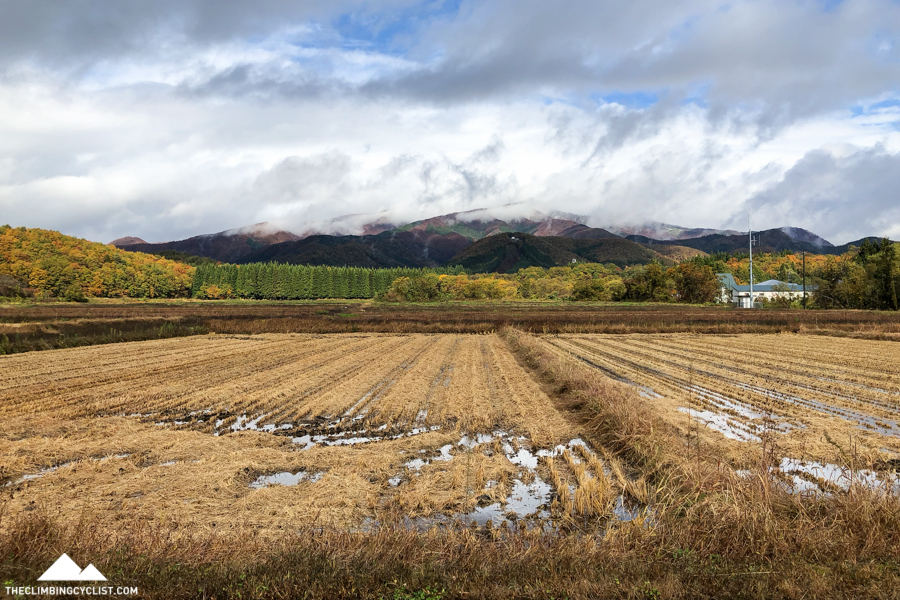

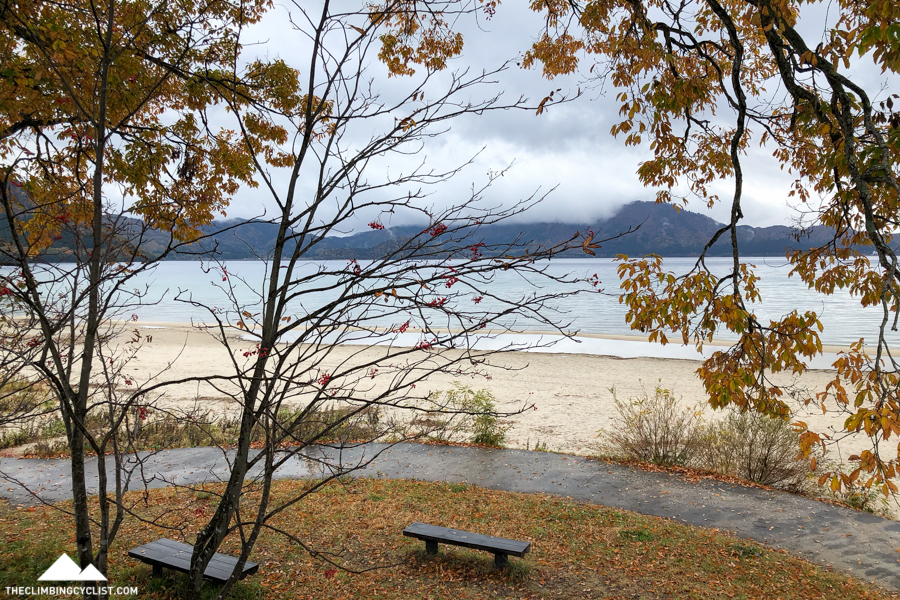
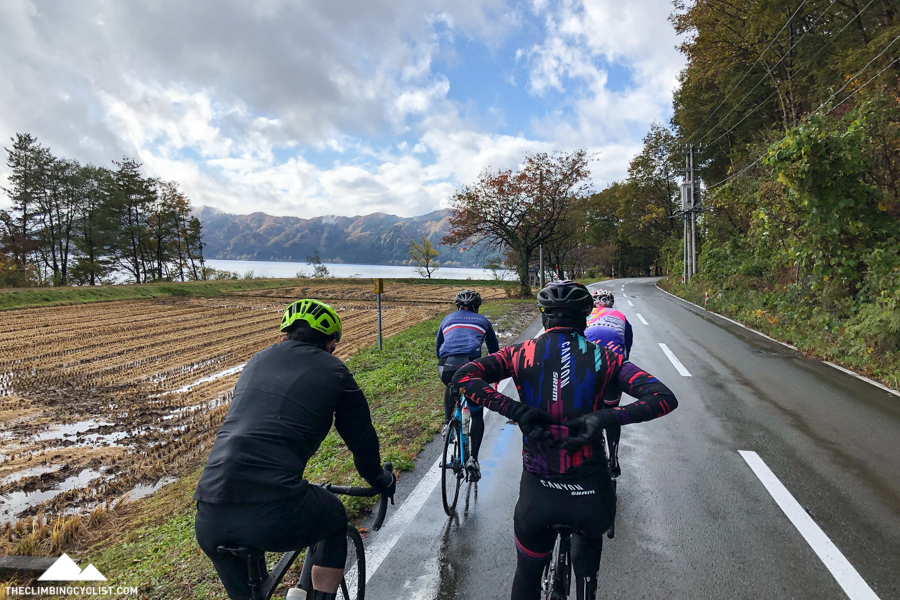
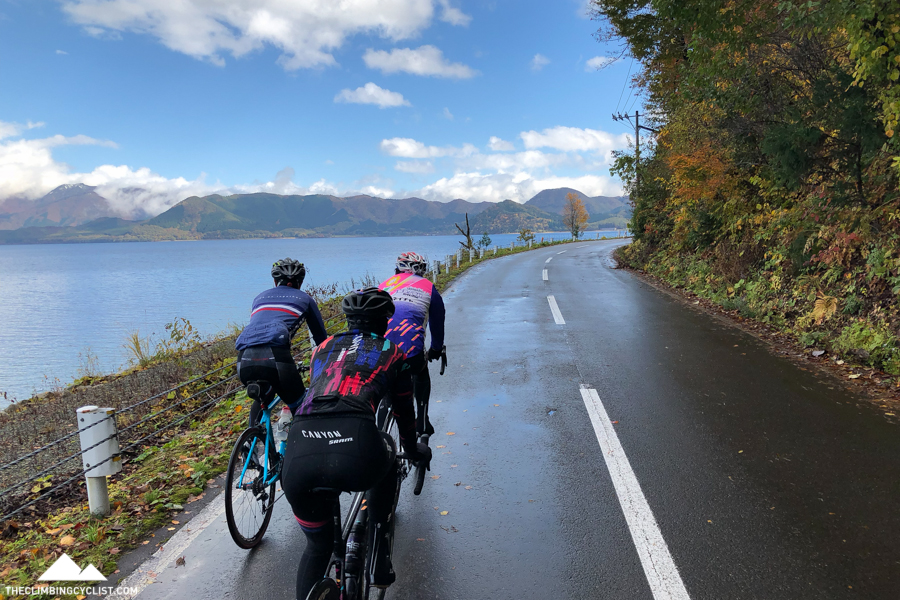



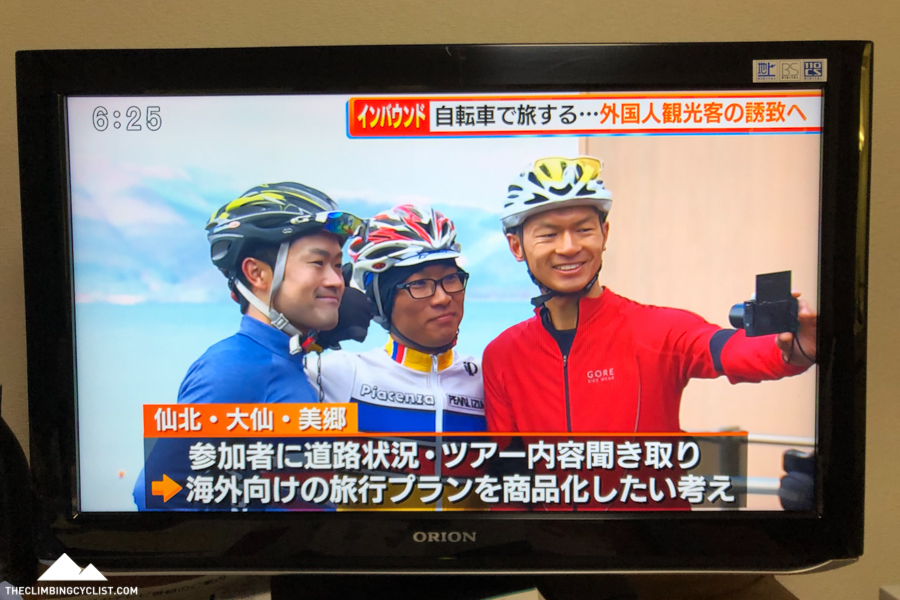

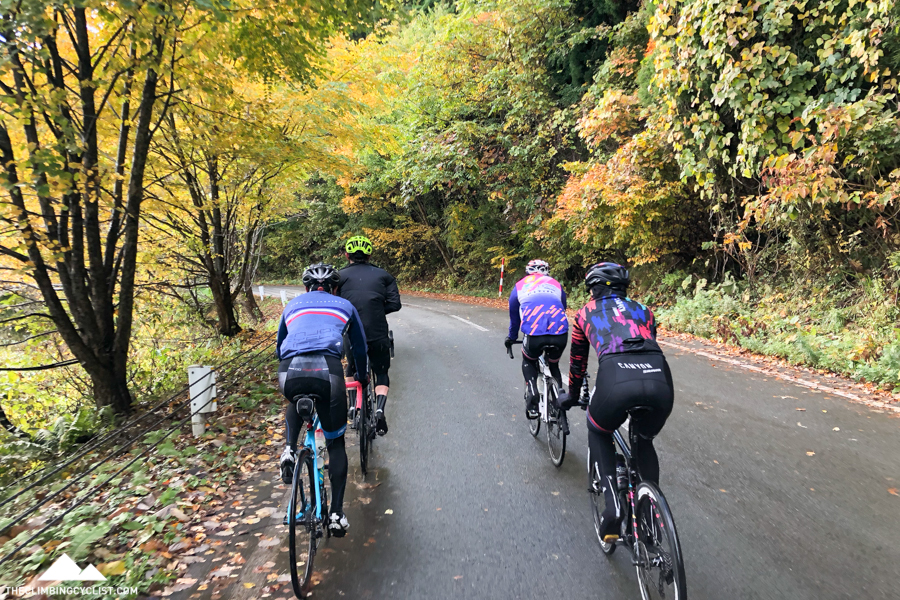

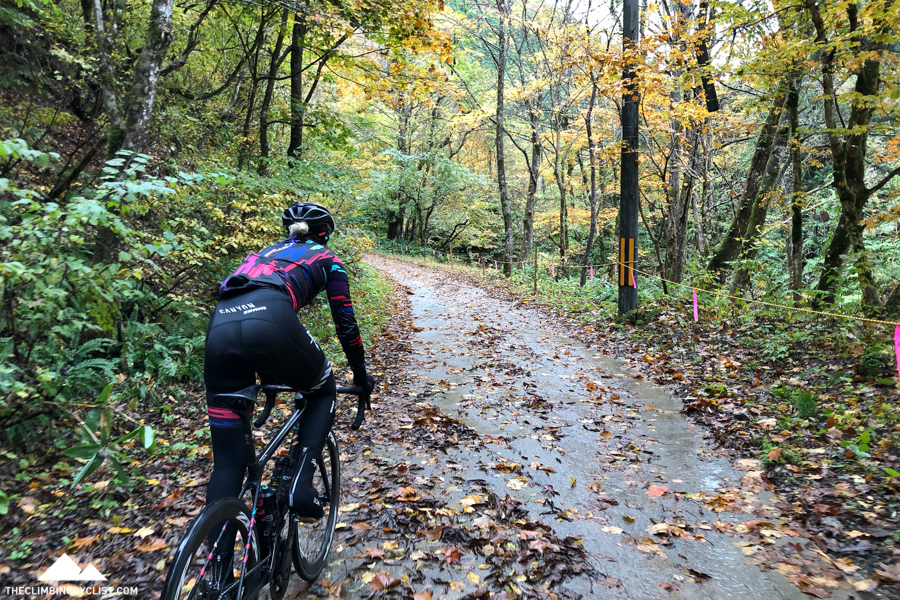
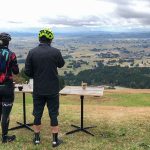
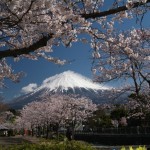

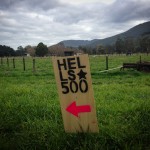
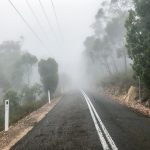
Hi Matt
Just read your articles — wonderful work –brought back memories !! We have a group for 2019 and was looking for material to send them.
Thanks/Regards Tony
Thanks Tony! Appreciate that. Hope it all goes well!
Japan is a great place for cycling. I took my first tour to the Aomori region last Sept just to the north of where you were exploring.
It was fully supported and based at two locations with transfer rides in between. The highlights were Cape Tappi, Mt Iwaki (69 hairpins)
and around Lake Towada and the Hakkoda mountains plus plenty of interesting stops along the way. I’m planning to take another group next June (1st-9th) 2019 so if interested click on the link above.
Chris
Good to see Japan being recommended for cycling. The combination of mountains, coastal stretches, safe motorists, great food and a hot tub at the end is alluring. I’ve travelled much of the country by bicycle over the past two years. I wrote an ebook about our first trip from Fukuoka to Hokkaido.
https://amzn.to/2QCKnha
Can I also recommend South Korea – the Four Rivers Cycleway covers much of the country. And there’s a ferry from Busan to Japan, so you can cycle in both countries.
Thanks Steven! I keep hearing great things about South Korea too – definitely keen to check it out at some point!